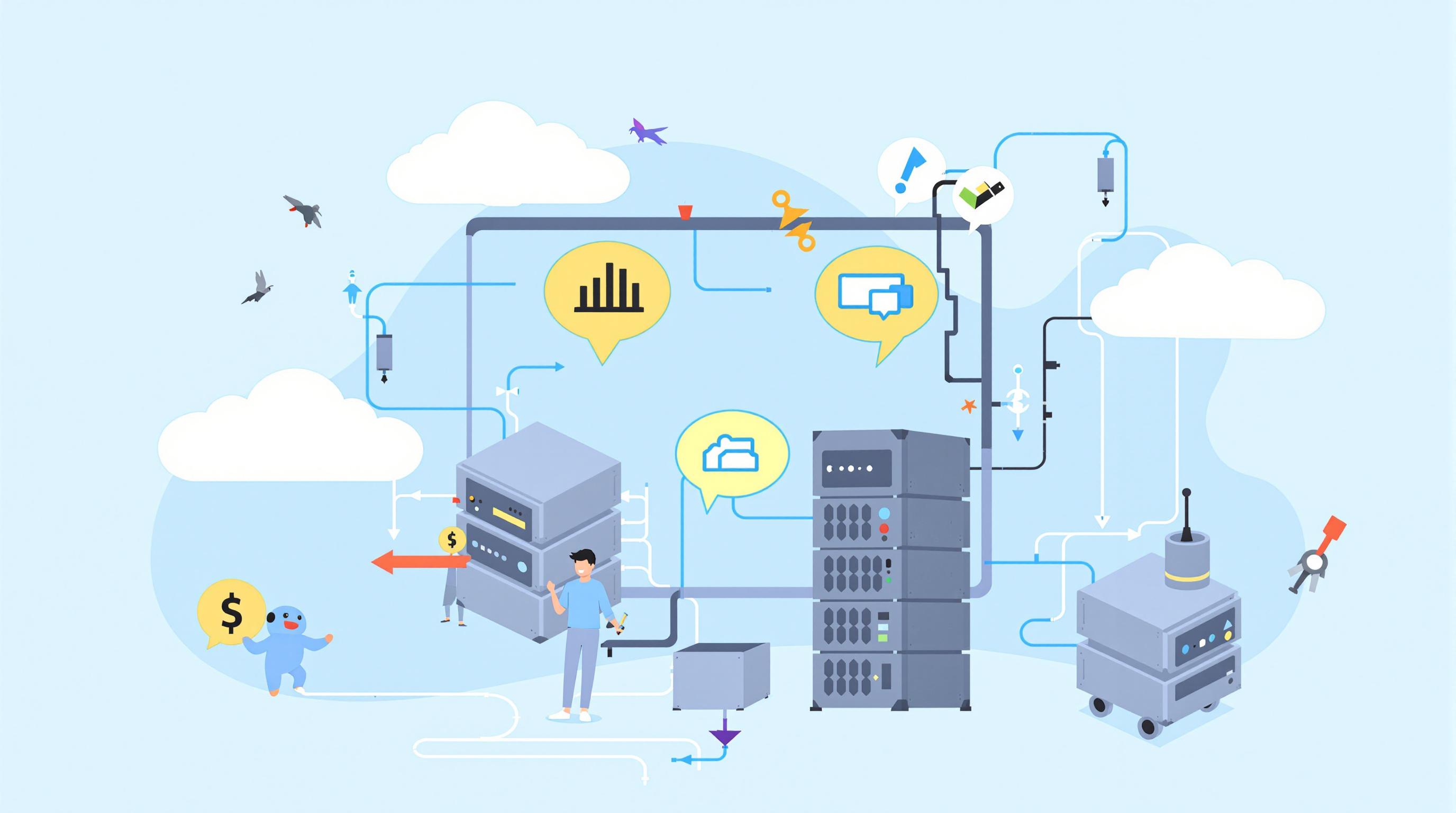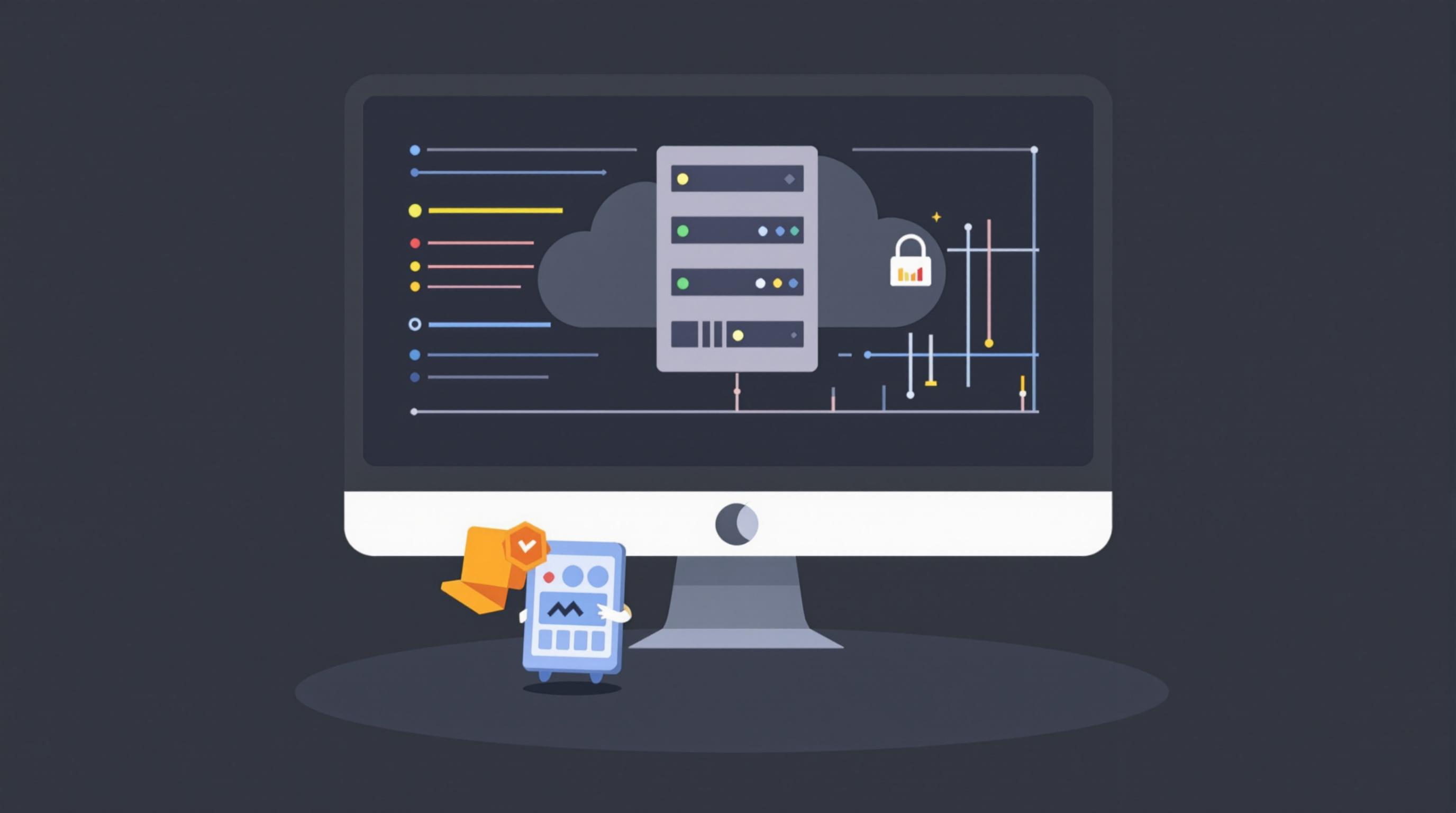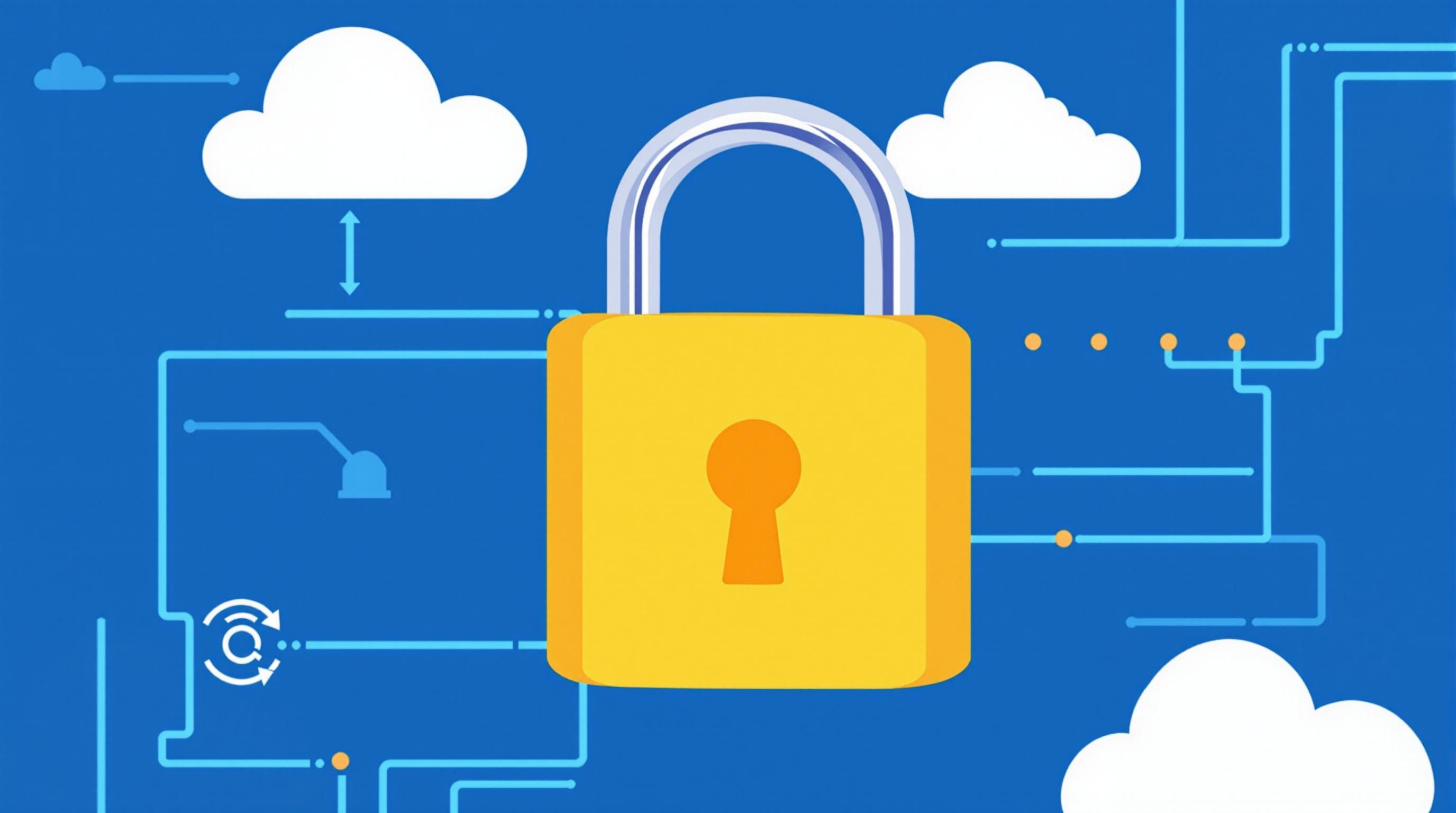Related Articles
- Uncharted Realms: Unveiling Serverless’ Role in Revitalizing Local Economies and Microbusiness Ecosystems
- Unearthing Surprising Synergies: How Serverless Solutions are Reinventing Events and Experiential Marketing Strategies
- Serverless Beyond the Cloud: Unpacking Its Role in Wildfire Management and Ecological Restoration Efforts
- Harnessing Digital Detox: Unplugging to Unleash Creative Energy and Ignite Workplace Performance
- The Surprising Role of Aroma: How Scents Can Unleash Hidden Productivity Boosts in Your Workspace
- Unlocking the Power of Serendipity: How Chance Encounters Can Enhance Team Productivity and Innovation
10 Obscure Server Management Tools That Enhance Disaster Recovery Planning and Boost System Resilience Beyond Expectations
10 Obscure Server Management Tools That Enhance Disaster Recovery Planning and Boost System Resilience Beyond Expectations
10 Obscure Server Management Tools That Enhance Disaster Recovery Planning and Boost System Resilience Beyond Expectations
1. Bacula
Bacula is an open-source network backup solution that provides a comprehensive framework for managing data backup, recovery, and verification across various systems. It offers advanced features such as automated backups, scheduled jobs, and a powerful command-line interface. The flexibility of Bacula allows it to support diverse environments, making it ideal for organizations with heterogeneous infrastructures.
One of Bacula’s standout features is its ability to restore entire systems or specific files with ease, which is essential during disaster recovery scenarios. Its scalability ensures that it can handle environments of any size, allowing businesses to grow without losing their backup integrity. Additionally, Bacula supports various storage media including disk, tape, and cloud, providing options tailored to specific needs.
In disaster recovery planning, Bacula offers a robust reporting mechanism, allowing IT teams to track backup progress and verify their integrity. This visibility is crucial when disasters strike, enabling teams to act swiftly and effectively. Its configurability can be a boon for those willing to invest time in establishing it, ensuring that recovery processes are smooth and comprehensive.
2. Duplicity
Duplicity is a unique backup tool that employs the principle of incremental backups while ensuring data is encrypted during transfers. This feature is particularly attractive for organizations that prioritize security alongside efficient recovery. By leveraging bandwidth and storage more effectively, Duplicity minimizes the impact on system resources, which is key during a disaster recovery scenario.
The tool’s ability to perform backups to various cloud storage services, FTP servers, or local disk systems enhances flexibility. This capability allows users to tailor their backup strategy to their specific requirements or compliance standards. Its command-line interface is robust, making it suitable for experienced IT staff who prefer fine-tuning backup operations.
Incorporating Duplicity into a disaster recovery plan strengthens data protection because of its layered security approach. The encrypting feature adds a safety net against potential breaches during data transfer, allowing organizations peace of mind. Moreover, the incremental nature helps to reduce recovery time, making it a valuable asset in organizational resilience.
3. UrBackup
UrBackup is a powerful hybrid backup solution that efficiently manages both image and file backups in real time. With its client-server architecture, it simplifies the backup process by allowing data to be backed up directly to a central server. This centralized management eases the disaster recovery planning process, making it straightforward for teams to execute recovery operations as needed.
The ability of UrBackup to perform both traditional file-based and complete system image backups provides organizations significant flexibility. Users can easily restore entire operating systems or individual files, depending on the situation. This adaptability helps ensure that teams can quickly return to operational status after a disaster, minimizing downtime.
Furthermore, UrBackup's web interface and detailed logging capabilities provide transparency and monitoring. Teams can assess the effectiveness of their disaster recovery strategies using real-time data, allowing for necessary adjustments. The ease of use paired with robust performance makes UrBackup an invaluable tool for businesses focusing on resilience and comprehensive disaster recovery plans.
4. Areca Backup
Areca Backup is a versatile file backup tool that offers a unique interface and various features tailored for disaster recovery. One of its most notable functions is multi-threaded backup processing, which increases efficiency during backup operations. This ensures minimal disruption to ongoing business activities, a critical aspect during unforeseen events.
The tool excels in providing flexible storage options, allowing backups to be held on local drives, remote file servers, or cloud storage. Areca Backup also supports versioning, which lets users retain multiple backup states, significantly enhancing data recovery capabilities. Its detailed logging and reporting features ensure that organizations can monitor their backup health and efficiency easily.
In the context of disaster recovery planning, Areca Backup stands out with its built-in integrity checks and file de-duplication. These features guarantee the reliability and efficient use of storage resources, essential during recovery scenarios. By integrating Areca into their strategies, organizations can maintain high data integrity and swift recovery times, proving its worth in creating resilient business frameworks.
5. Zmanda Recovery Manager (ZRM)
Zmanda Recovery Manager (ZRM) is a robust backup solution tailored for MySQL databases, making it an excellent choice for businesses relying heavily on database applications. The tool's ability to automate the backup process for MySQL environments boosts system resilience and disaster recovery readiness. By simplifying complex backups, ZRM allows teams to focus on strategic initiatives instead of backup logistics.
This tool not only facilitates full, incremental, and differential backups but also offers point-in-time recovery. Such capabilities ensure that businesses can recover their databases to specific moments, greatly aiding in minimizing data loss during unforeseen incidents. Its graphical user interface makes it accessible even to less technical team members, broadening usability across an organization.
Incorporating ZRM into a disaster recovery plan enhances database reliability and operational integrity. The automation and robust recovery options ensure that teams can quickly restore critical services, thereby minimizing downtime and disruption. Given the increasing reliance on database-driven applications, ZRM proves essential in reinforcing the resilience of these pivotal infrastructures.
6. Apache Mesos
Apache Mesos is a distributed systems kernel that can abstract resources across a cluster of machines, simplifying the management of data-intensive applications. While not a traditional backup tool, its role in resource management makes it significant for disaster recovery planning. By allowing organizations to efficiently allocate resources, Mesos enhances system resilience during peak loads or disasters.
Through its sophisticated scheduling capabilities, Mesos enables seamless failover, keeping applications online in the event of a server failure. This feature minimizes system downtime, a critical element in any disaster recovery strategy. Furthermore, it supports a variety of frameworks, enabling a diverse range of applications to function without interruption, even under stress.
The orchestration capabilities of Mesos facilitate smoother recovery processes, as workloads can migrate to functioning nodes automatically. This resilience-oriented design allows organizations to plan for recovery more comprehensively, making sure essential services remain operational. Apache Mesos' ability to empower adaptable computing environments provides organizations with a solid foundation for future-proof disaster recovery strategies.
7. Cloudberry Backup
Cloudberry Backup, now known as MSP360, is renowned for its cloud-based backup solutions. It allows businesses to securely back up their data to various cloud services, ensuring that recovery options are versatile and scalable. This feature is specifically crucial for disaster recovery, as it mitigates the risks associated with physical hardware failures. In a disaster, having accessible backups in the cloud can expedite restoration processes significantly.
With multi-threaded backups and the ability to manage large data volumes, Cloudberry enhances the efficiency of backup procedures, allowing for quicker recovery times. The tool's comprehensive dashboard provides visibility into backup statuses, enabling IT teams to monitor and mitigate risks proactively. Its compatibility with multiple platforms ensures that organizations can tailor their backup plans according to their specific needs.
The security features of Cloudberry, including strong encryption and multi-factor authentication, provide an added layer of protection when dealing with sensitive data. In the context of disaster recovery, such capabilities ensure that critical information remains safeguarded against breaches, allowing for peace of mind. As a result, Cloudberry strengthens overall system resilience by promoting security and efficiency in the recovery process.
8. Veeam Backup & Replication
Veeam Backup & Replication is an industry-recognized solution that ensures data protection and disaster recovery for virtualized environments. Although popular, its various advanced features sometimes go unnoticed. Veeam’s instant recovery capability allows users to restore entire virtual machines quickly, drastically reducing downtime—a crucial factor during disaster recovery incidents.
This tool's integration with cloud platforms enables organizations to leverage cloud resources for secondary backups, ultimately enhancing resilience. Veeam's innovative features, such as SureBackup, allow testing of backups in isolated environments, ensuring the recovery process will be seamless when needed. This proactive approach to validation is essential in ensuring recovery readiness.
Moreover, Veeam's built-in monitoring capabilities provide detailed insights into backup health, enabling teams to identify potential issues before they escalate. This monitoring functionality drives continuous improvement in disaster recovery planning, ensuring organizations can adapt and respond effectively. By incorporating Veeam’s capabilities, organizations can embrace a more resilient framework that fortifies their disaster recovery efforts.
9. Acronis Cyber Backup
Acronis Cyber Backup combines traditional backup with advanced cybersecurity features, making it an all-in-one solution for businesses. Designed for diverse environments, it offers comprehensive protection across physical, virtual, and cloud infrastructures. This versatility is beneficial for disaster recovery, as it allows for seamless data restoration regardless of the operational landscape.
One of Acronis' defining characteristics is its active protection against ransomware attacks. This functionality is crucial for disaster recovery, as preventing data loss due to malware attacks is a significant concern for organizations. Alongside this feature, the tool’s fast recovery options enhance system resilience by promoting rapid restoration to normal operations.
The user-friendly interface and integrated rescue media allow even non-technical staff to execute recovery procedures confidently. By simplifying complex recovery tasks, Acronis ensures that organizations can maintain service continuity during disasters. Overall, Acronis Cyber Backup plays a pivotal role in boosting systems’ resilience, addressing both backup and security challenges in a cohesive manner.
10. R1Soft Server Backup Manager
R1Soft Server Backup Manager is a unique continuous data protection tool that offers disk-level backups, enabling real-time protection of data across systems. Its ability to create backup snapshots without impacting server performance is vital in disaster recovery strategies, ensuring minimal disruption. The incremental backups help optimize storage and reduce recovery times, making R1Soft a valuable asset for organizations striving for resilience.
Moreover, R1Soft's automated reporting and monitoring features provide detailed insights, ensuring teams can track backup health and agility. The clarity these reports offer is essential for organizations in identifying and addressing potential vulnerabilities in their disaster recovery plans. Through constant vigilance and verification, teams can maintain higher standards of operational integrity.
By facilitating rapid recovery solutions and mitigating data loss during adverse events, R1Soft enhances organizational resilience. Its ease of use paired with robust performance makes it an attractive choice for organizations committed to optimizing their disaster recovery strategies. In today’s digital age, equipping systems with such advanced tools is key to safeguarding critical infrastructure against unexpected challenges.




